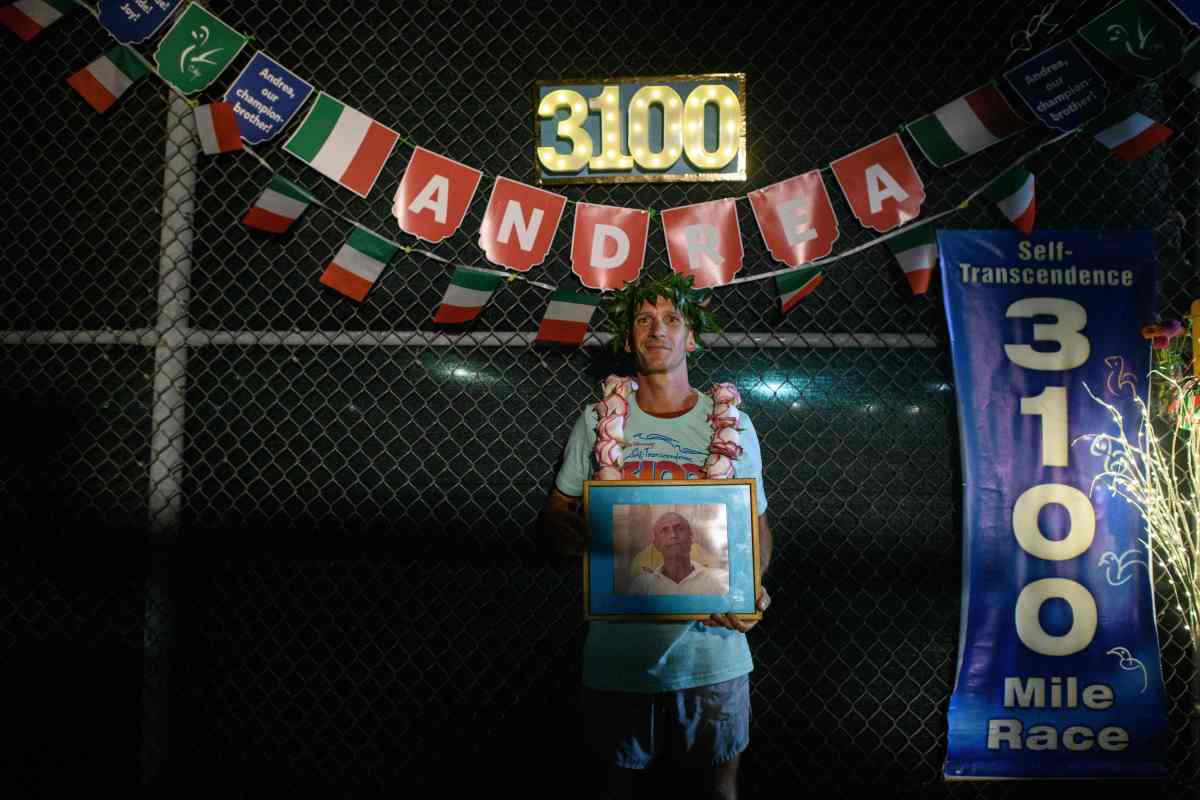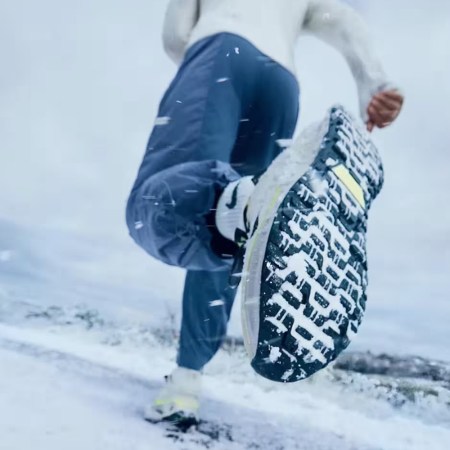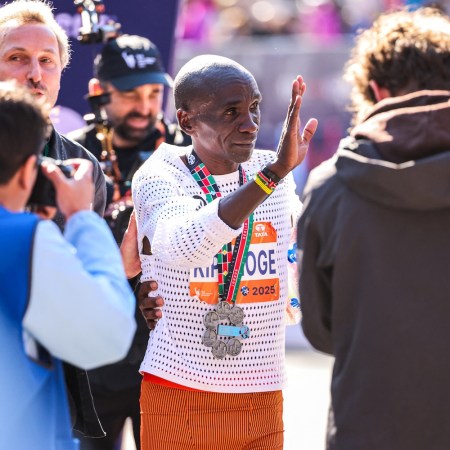In the early days of quarantine, when trips to parks or trails were frowned upon and towns put chain locks around the entrances to their public tracks, some long distance runners took to running endless loops around their blocks, backyards and even balconies.
People ran full marathons in their gardens, scaled thousands of feet of elevation on their staircases and raised money by jogging circles around their rooftops. The movement was an accurate reflection of its time — an ethereal cocktail of release, psychosis, boredom and imagination.
In “normal times” most running experts would likely discourage running a multi-day ultramarathon in a hotel room. That’s an unnecessary, masochistic and (in all likelihood) ultimately injurious enterprise. Running hundreds of miles in a short span of time is tough enough — doing so in close quarters, with little change of scenery to distract from one’s thoughts, is just an inspired form of self-flagellation.
But believe it or not, some in the running community were running extreme miles in a confined geographical setting decades before the pandemic arrived. The longest certified road race in the world actually takes place on a single street block in the New York City neighborhood of Jamaica, Queens.
Since 1997, runners from all over the world have participated in the Sri Chinmoy Self-Transcendence 3100 Mile Race, a 52-day adventure located entirely within the confines of a 0.55-mile loop around a sports field, playground and high school. In order to complete the race within the near-eight week timeframe allotted, runners must average right around 60 miles a day.
It’s an inconceivable concept, and one pioneered by its namesake, Sri Chinmoy, the Indian spiritual guru who moved to New York in the 1960s and spent decades teaching meditation to thousands of students. Chinmoy specifically extolled the healing power of athletics and founded a number of running teams, events and races in the last quarter of the 20th century, just as the running boom took off across the United States.
Many were standard fare — marathons, fun runs, relays and the like. But Chinmoy also started dabbling in ultras, and in the late 1990s, officially launched what is the toughest and oddest race the running community has ever produced (and that’s saying a lot, considering today’s runners routinely cover hundreds of miles in places like Death Valley or the Arctic Circle).
The block that stretches from 164th Place to Abigail Adams Avenue to 168th Street to Grand Central Parkway is nowhere near as exotic. But it morphs into a hellscape when a runner is tasked with lapping it 5,649 times within 52 days. At this very moment, and until October 25th, the final day the race is on this year, there are runners chipping away at that number of 5,649; they’re running, jogging, walking, hydrating, visiting the on-hand medic for a massage… whatever it takes.
Today is Day 40. A man named Andrea Marcato ran 71 miles yesterday, and leads the pack with 2,800. He’s currently 300 miles away from the finish. In 2015, a Finnish man named Ashprihanal Aalto was actually about to finish at this point in the race, en route to setting the all-time speed record of 40 days, nine hours, six minutes and 21 seconds.
Back in 1998, The New York Times called the Self-Transcendence 3100 the “Mt. Everest of ultramarathons,” and that is how most of us on the outside perceive this sort of thing: mind-melting physical punishment. Who can imagine doing this sort of thing for one day? Much less 50 in a row? The site’s website lists the rules, and details how runners can perform the loop from 6 a.m. until midnight, as if that’s some sort of privilege.
But for so many involved in this race, it truly is. Outside Online profiled two of this year’s runners — a Russian and a Ukrainian — who are running for peace. A 2018 documentary on the phenomenon, 3100: Run and Become, links the race to reverent running cultures in Botswana, the Navajo Nation, Finland and Japan. And in that Times article 25 years ago, one runner said it best: “I know I can’t do this race on my outer strength alone, so I have to draw on my inner strength.” They come to Jamaica to feel themselves change. The block doesn’t change, but they do.
The Charge will help you move better, think clearer and stay in the game longer. Subscribe to our wellness newsletter today.



















